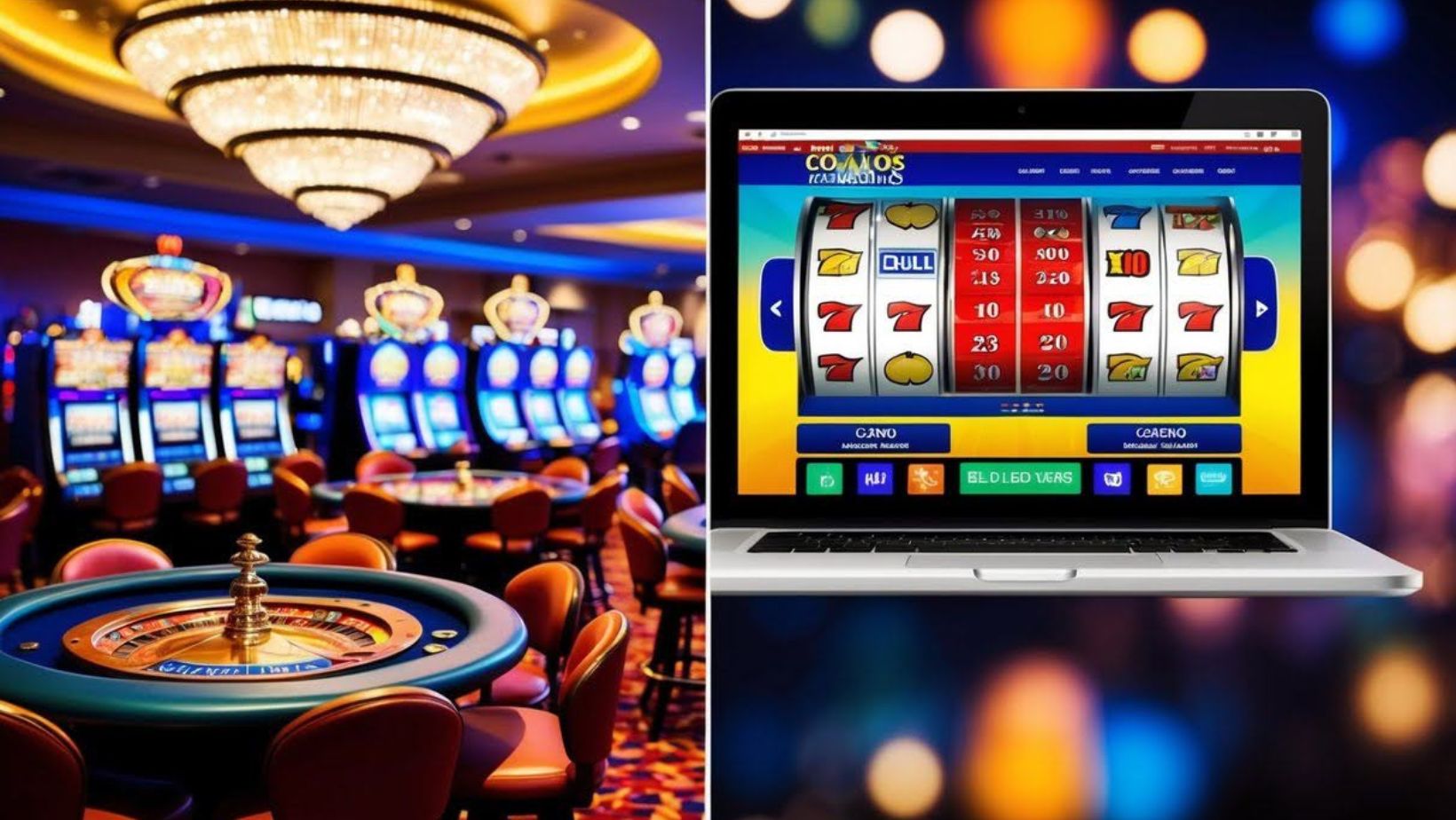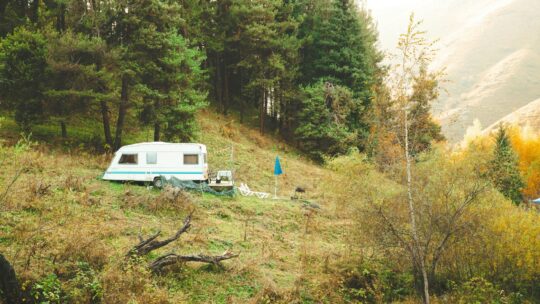
Fast, reliable internet is now the backbone of daily operations for organizations of all types and all sizes. And while traditional broadband still works for many small teams, organizations that rely heavily on digital tools are increasingly turning to business fiber internet for its superior performance and reliability.
That said, fiber connections often come with higher upfront costs, longer installation timelines, and a level of bandwidth that not every business needs.
So the real question becomes: is fiber internet actually worth it for your organization?
It’s not exactly a straightforward question to answer, since every business has unique needs, but there are several factors you should consider in your decision.
What Makes Fiber Different?
Fiber internet transmits data using light signals through fiber optic glass or plastic strands, which allows for much higher speeds and more stable connections compared to standard copper cable lines. Unlike traditional internet, which can slow down during peak hours, fiber offers consistent performance, even when your entire team is online and tapping into its full power.
What truly sets fiber apart is its symmetrical speeds. That means your upload and download rates are equally fast. For businesses, this can be downright transformative, as both fast download and fast upload speeds are a prerequisite to achieving your full potential productivity. Whether you’re uploading large files, running video conferences, or syncing cloud-based systems, you don’t want one side of the equation lagging behind.

Fiber is also known for its lower latency, meaning quicker response times for everything from cloud apps to voice calls; this is especially useful for real-time communication or software development teams working with remote servers.
The Business Case for Fiber
If your organization relies on real-time collaboration (especially between remote workers), large data transfers, or cloud platforms, fiber can significantly improve your collective daily efficiency. Marketing agencies, design studios, healthcare practices, fintech companies, and remote-first teams often benefit most from the consistency and speed fiber delivers, but almost any business using the internet daily could stand to benefit.
For example, let’s say you’re running a multi-person video call while uploading a design file and syncing your CRM in the background. On a traditional cable plan, something’s probably going to lag (and probably everything), ultimately forcing you to focus on one task at a time. On fiber, you’re far less likely to hit a bottleneck.
Even if you’re not in a data-heavy industry, the reliability of fiber can still reduce downtime, buffer fewer video calls, and prevent slowdowns during high-traffic times, all of which eventually result in more productive workdays.
Consider Your Team Size and Workflow
Before jumping into a fiber contract, think about how your team actually works. A small office with light browsing, occasional video calls, and basic cloud use may not fully benefit from fiber speeds. But if your workflow involves frequent uploads, multiple users streaming or conferencing, or complex cloud-based systems, fiber will likely save you time and money in the long run.
Remote and hybrid teams can especially benefit if your office handles heavy data transfers, central file storage, or collaborative editing in real time. The smoother the connection is at its foundation, the better the experience for everyone.
The Installation Factor
One of the biggest hurdles for businesses considering fiber is availability. While it’s growing rapidly, fiber internet still isn’t offered in all areas. In some cases, providers may need to build out infrastructure to reach your location, which can delay installation by weeks or months, and sometimes add upfront costs.
That said, if fiber is available at your business address, installation usually involves minimal disruption once underway. It may also open the door to additional benefits like static IP addresses, business-grade support, or service-level agreements with guaranteed uptime.
Is It Worth the Cost?
Fiber internet often comes at a premium, at least compared to basic business broadband. But the cost is often more about value than price. When you factor in improved team productivity, fewer dropped connections, faster uploads, and better performance during critical moments, the return on investment (ROI) can be significant.
It’s also worth noting that many providers now offer tiered fiber plans, so you don’t necessarily have to commit to the highest-speed package. Even a lower-speed fiber connection might be more than enough for a mid-sized team, and still vastly outperform standard cable service.
Making the Final Decision
Fiber internet isn’t strictly necessary for every business, but for many, it’s an upgrade that unlocks smoother workflows, better collaboration, and long-term scalability (not to mention less individual frustration). If your organization is growing, using more cloud-based tools, or simply frustrated with spotty service, it’s worth weighing the costs and benefits in more detail to see if the upgrade is worth it in your situation.












 A vacation enjoyed with your family can create some of your best memories together. However, your core memory potential greatly decreases when things get chaotic. Make the most of your time together by thinking strategically about how you pack for your family.
A vacation enjoyed with your family can create some of your best memories together. However, your core memory potential greatly decreases when things get chaotic. Make the most of your time together by thinking strategically about how you pack for your family.  Finally, consider how you’ll keep your luggage and lodging area secure, especially when traveling in an unfamiliar area. Luggage locks can deter others from taking your bag. Finally, pack additional locks for your hotel door to increase their effectiveness. While some of these items may seem like overkill, they can give you a sense of security while traveling.
Finally, consider how you’ll keep your luggage and lodging area secure, especially when traveling in an unfamiliar area. Luggage locks can deter others from taking your bag. Finally, pack additional locks for your hotel door to increase their effectiveness. While some of these items may seem like overkill, they can give you a sense of security while traveling.




 Understanding Sweepstakes Casinos
Understanding Sweepstakes Casinos































